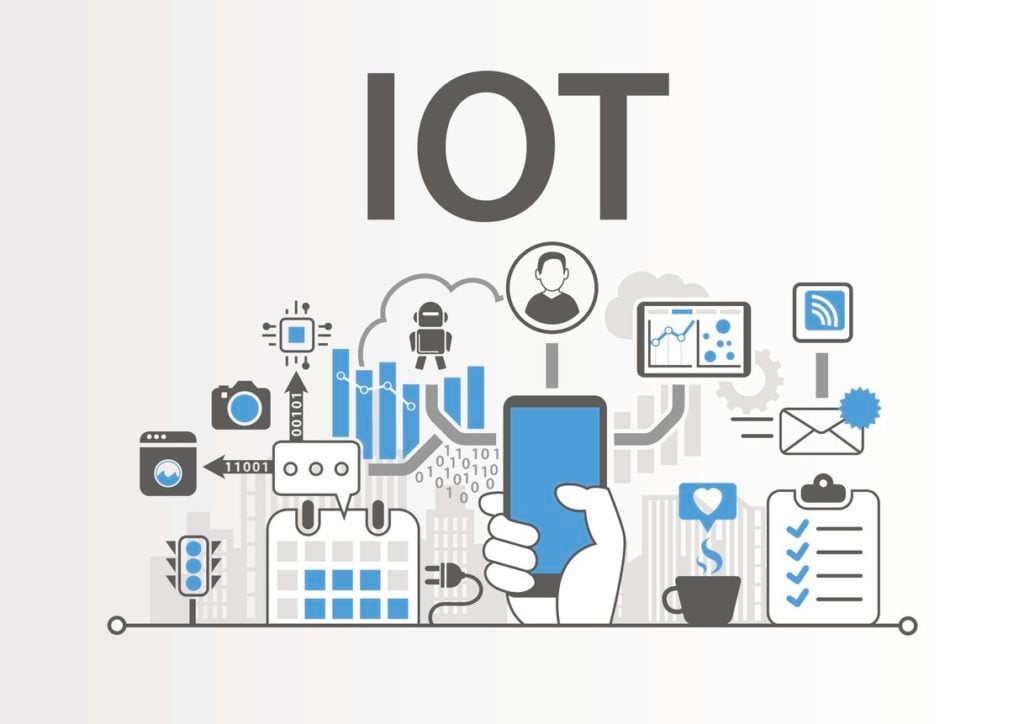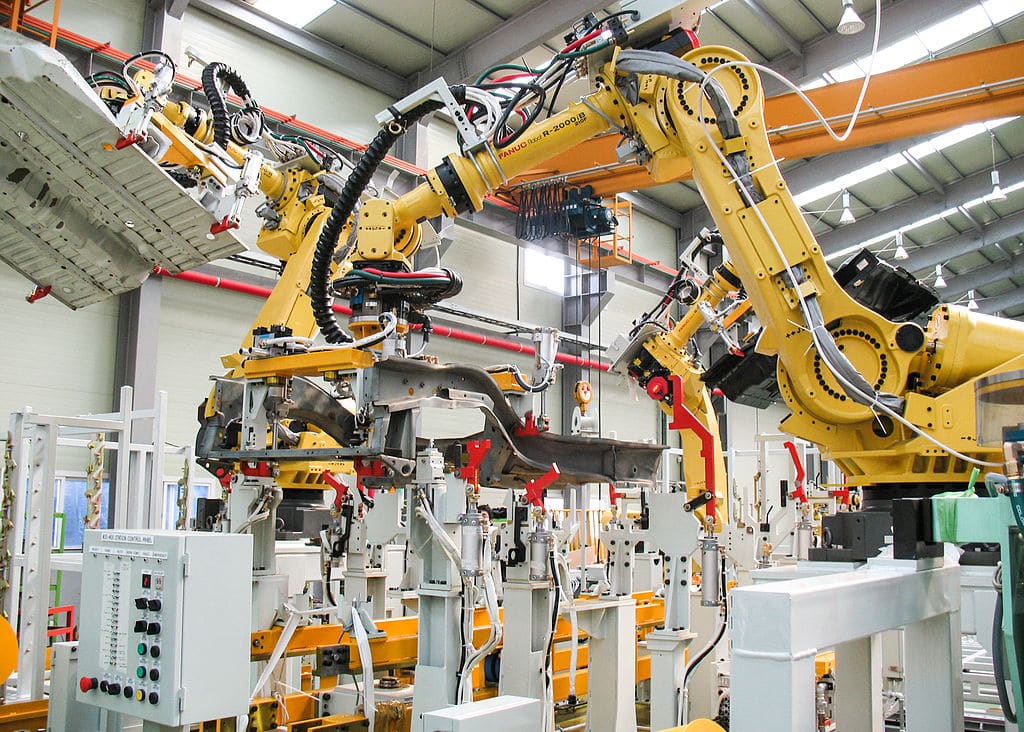Technology has enabled mankind to dominate the world and grow to a staggering population from 1 billion people in 1800 to over 7 billion currently. Our influence as a result of technology is so great scientists and anthropologists say we have entered a new era – the Anthropocene – where humanity is the primary factor influencing our world and climate. Here is a quick recap of how we got here.

As we all learned in school, during the first industrial revolution, coal and steam engines allowed humans to produce goods in factories at greater rates, harnessing more energy than man or animal power alone could enable. Transportation across land and water with rail and steamships enabled a larger market for those goods.
In the second industrial revolution, electricity enabled mass production and assembly lines enabled the production of even more goods. Previously artisan products became commodities, and the prices of all mass-produced goods fell, raising the living standards of their markets.
The third industrial revolution occurred in the 1970s, where the machinery started to replace some human activities and automate repetitive tasks to further increase the speed of production to keep up with the globalization of markets.

The industrial revolution 4.0 can be seen as an extension of this trend of automation, but the key difference here is the use of networking technologies to make much smarter decisions about production. While in industry 3.0 robots produced goods at a single rate, and if more or less was needed the machine would have to be turned off to reprogram the feed rate, and often shutting them off came at a high overhead expense. This caused what is known as the bullwhip effect; a bottleneck at one stage in production is amplified in each subsequent step of the supply chain, creating an inefficient flow of goods. Often it was cheaper to overproduce, especially as customers might take their business elsewhere.
Now with the internet of things integrations (IoT), smart manufacturing plants can communicate with their suppliers, logistics providers, and customers to get a more full picture of the supply chain. When there is a failure at one plant, a multinational enterprise knows to pivot, and automated ordering systems begin filling the gap in the supply chain. Because a bullwhip effect is avoided from the beginning, there is less need to overproduce and stockpile, saving on storage, a trend called “just in time” fulfillment. Further efficiency has been gained by quality control AI, which is able to understand faults in production at their origin better than human operators could, which means fewer returned defective products and better overall throughput.
In the future, with AI and big data capabilities, it is likely that corporations will try to smooth the supply chain further, not only by controlling supply but also by influencing demand. As consumers increasingly opt into downloading apps to get access to new services, corporations are able to use pop-up notifications and discounts to influence consumer behavior. By tracking your movements, AI can predict when you are likely to make purchases and predict the collective action of others. In effect, we are moving to a world where every part of consumption and production is automated, where every decision is predicted before it happens, where everything bought and sold is controlled by industrial means.